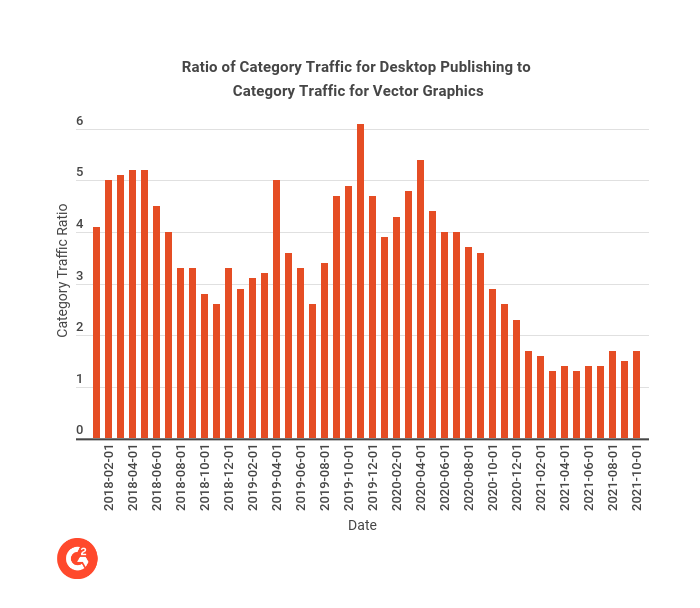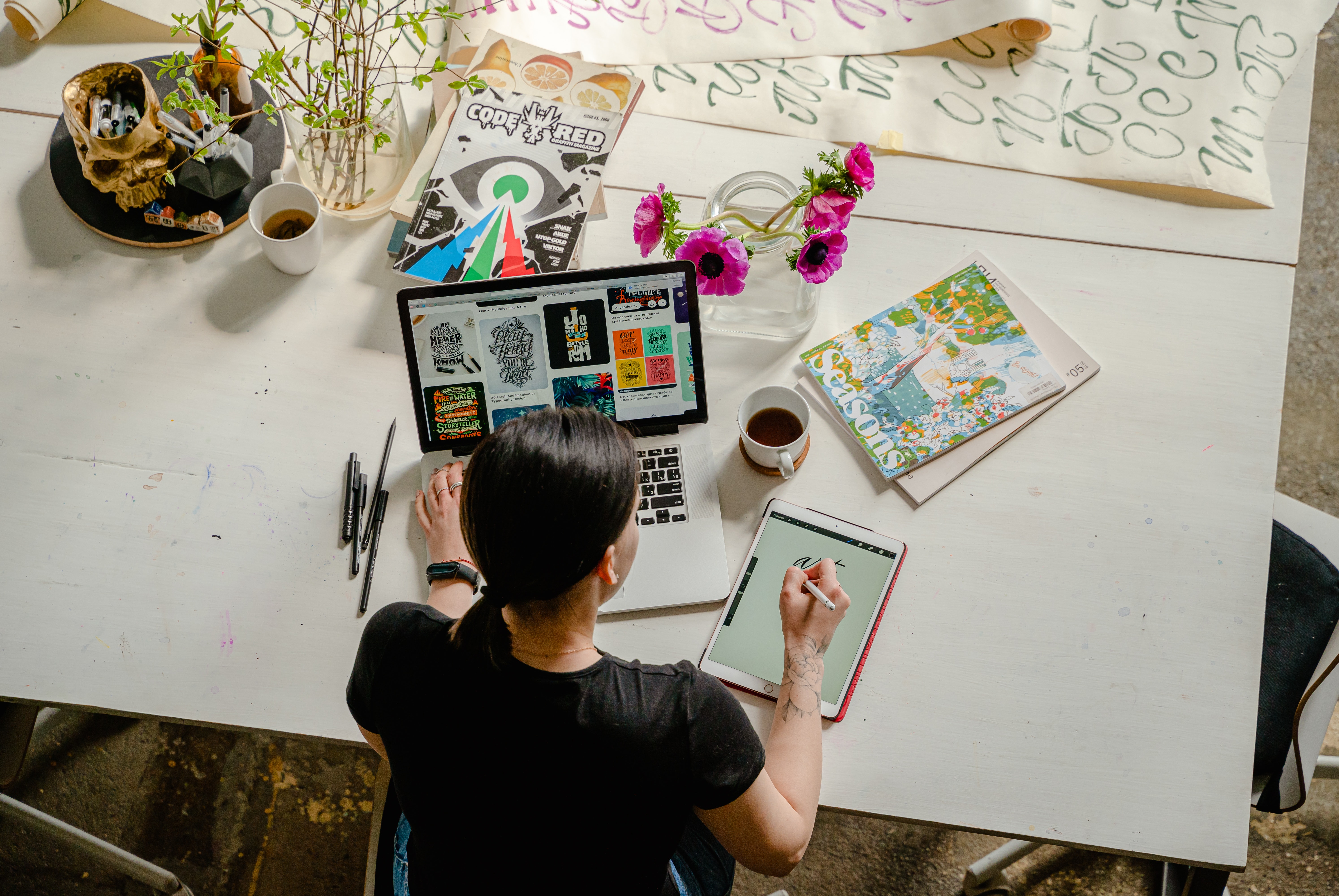There’s no doubt artificial intelligence (AI) is finding a permanent home in several industries. Whether we’re using face ID to unlock our phones, a web mapping platform to find the optimal route back home, or built-in text editor software to make sure our emails are error free, AI technology is at play. It is revolutionizing the way that we work and how we go about our daily lives.
AI works by enabling machines to simulate the natural intelligence of humans. Machines are programmed to learn and mimic the actions of humans by combining large amounts of data, iterative processing, and intelligent algorithms.
AI in digital design
It makes sense that AI can be used to automate decision making that relies on numerical data and statistical reasoning. However, AI’s place in industries that rely heavily on emotional intelligence is not as clear. One such industry, digital design, has already seen a plethora of AI applications, despite the emotional intelligence required to design with a delicate balance of form and function.
Tools that generate logos and color palettes and offer suggestions for design elements use AI to replicate tasks that traditionally, a graphic designer would carry out. So, are graphic designers becoming obsolete? Also, since AI works by offering recommendations based on past data, can we assume that the design created by AI will become repetitive? And so the big question is: Is design itself becoming obsolete?
Is design becoming obsolete?
Eh, probably not. Just like the rest of the world, the design industry is experiencing a shift in how things operate. Technology equates to more accessibility and more opportunity. The concept of design has long held an aura of prestige and inaccessibility. The high cost of hiring graphic designers and design tools kept a lot of small businesses and entrepreneurs from accessing good design.
Until now.
Technology democratizes design.
Case in point: Canva
Canva is a visual content creation software that offers design templates for users to create anything from social media posts to presentations. It’s used by more than 60 million monthly users because it allows anyone with an internet connection to easily create beautiful designs. Recently, the company became the fifth most valuable startup in the world after announcing a fresh funding round.
E-commerce is becoming extremely saturated
Technology has made it possible for more and more small businesses to emerge all over the world. Whether it’s access to website builders, e-commerce platforms, accounting software, or templated designs, it’s never been easier to start a business. This means more opportunities for entrepreneurs and more options for consumers. However, a possible downside to this may be that these businesses start to seem like “copy and paste” businesses that lack uniqueness, especially in terms of design.
G2 data shows that traffic to the Desktop Publishing category, which houses many templated design tools, such as Canva, has consistently been higher than the traffic to the Vector Graphics category, which houses the advanced graphic design tools, over the past four years.
The graph below shows the ratio of Desktop Publishing category traffic to Vector Graphics category traffic, with the traffic to the former category often being three to five times higher than the traffic to the latter category. This likely speaks to the greater accessibility of desktop publishing software, both in terms of cost and the lower learning curve, making it easier to implement and leading more businesses to invest in it.
 However, easier isn’t always ideal. AI works by analyzing data to understand patterns and creates outputs based on the information it is fed. Thus, AI is inherently biased. Although tools that use AI to create design may seem to produce unique and differentiated work, they all adhere to what humans tell them is “right” and “wrong”.
However, easier isn’t always ideal. AI works by analyzing data to understand patterns and creates outputs based on the information it is fed. Thus, AI is inherently biased. Although tools that use AI to create design may seem to produce unique and differentiated work, they all adhere to what humans tell them is “right” and “wrong”.
When millions of businesses use these tools, there’s a possibility that their branding (logo, color palette, fonts) begin to blend together and look very similar. The purpose of visual branding is to make an emotional connection with customers, send a message, and differentiate from other brands. But when design begins to look the same, the message becomes the same, and it’s no longer fulfilling that purpose, and it’s no longer interesting.
| Read more: Digital Design for a Human World → |
What does this mean for design?
In the design industry, AI tools are inevitably being used. They’re becoming the new standard, and there’s no escaping this. Ideally, they should be used in conjunction with human input. In reality, will they?
If the reason for using these tools is to avoid graphic designer fees, the answer is most likely no. So, businesses must find other ways to differentiate from competitors and tell a compelling story. Visual branding is a must these days, but what might set brands apart from each other are the stories they tell through other sensory factors, such as a distinct tone of voice, or the UX of their platforms. Perhaps AI should stand for “augmented intelligence” instead of “artificial intelligence” because the world needs to understand that AI is assistive technology. At least, it should be. Whatever the case may be, let’s embrace AI for what it offers to the design world, but understand that there’s more to it than meets the eye.
Quer aprender mais sobre Software de Gráficos Vetoriais? Explore os produtos de Gráficos Vetoriais.

Priya Patel
Priya is a Senior Research Analyst at G2 focusing on content management and design software. Priya leverages her background in market research to build subject matter expertise in the software space. Before moving back to Chicago in 2018, Priya lived in New Zealand for several years, where she studied at the University of Auckland and worked in consulting. In her free time, Priya enjoys being creative, whether it’s painting, cooking, or dancing.
